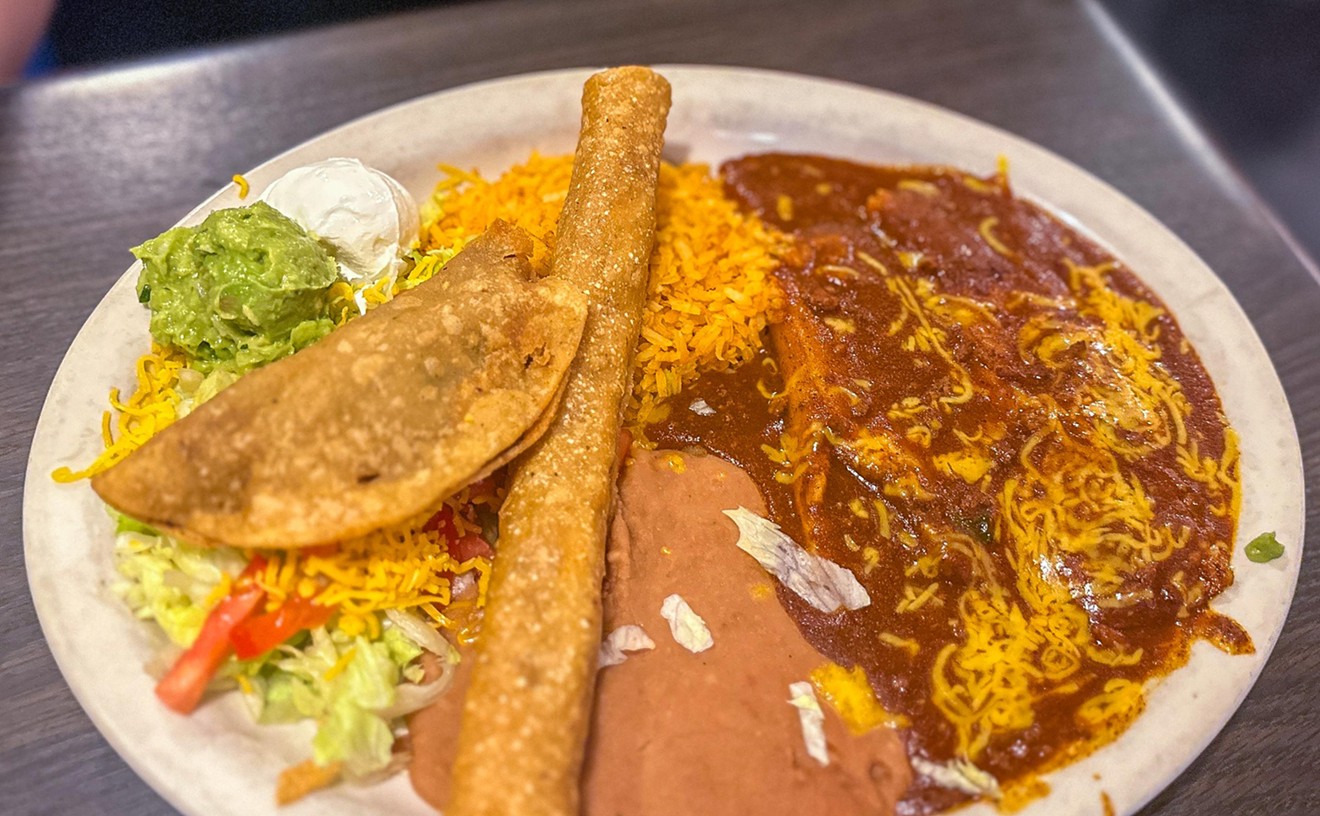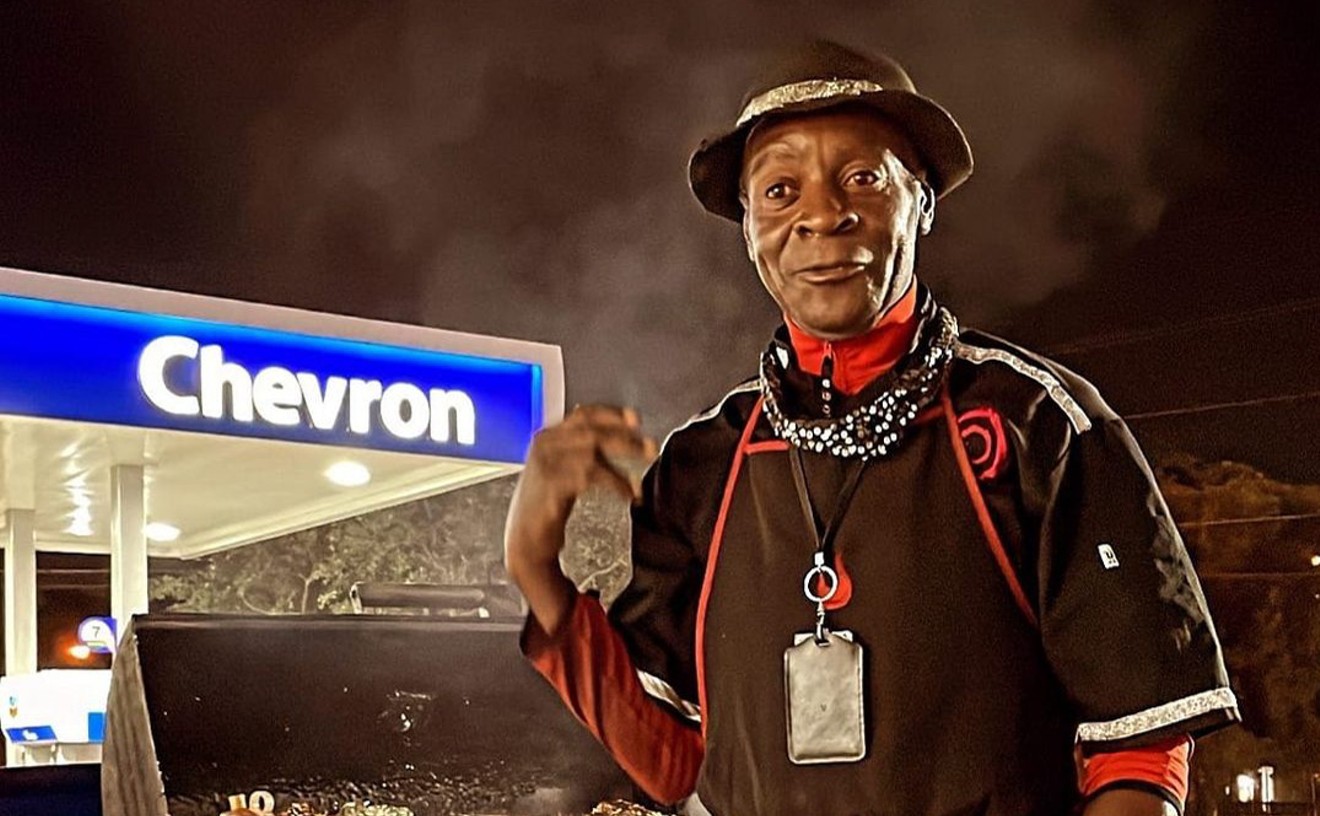On The Range is a weekly exploration of the history and lore of Texas menu items.
Mad Cat, Insanity, Hogs Ass, Snake Bite, Idiot Boys.
No, this is not the Granada's line up for February. Rather, they are
names of hot sauces featuring the dreaded habanero chile, as listed by Chris
McCarthy, food writer and owner of the Insane Chicken Hot Sauce & Barbecue
Sauce store.
The names hint at the chile's intense heat
and McCarthy further asserts that such heat has catapulted habanero hot
sauces "to a cult status among sauce lovers of the world."
Habaneros are indeed intense, with a Scoville scale rating of 100,000 to 350,000 units, compared with the modest 8000 peak rating of jalapenos. The name habanero means literally "from Havana,"
although Diana Kennedy suggests in her book The Cuisines of Mexico that they
originated from the Yucatan peninsula and South America rather than Cuba.
Apparently, because habaneros were widely traded in the Cuban capitol's markets, it was believed that the fiery pepper originated there.
Habaneros are members of the species capsicum chinense, like their
dragon-fire cousin, the Scotch Bonnet. The two peppers are often
confused,
although the Scotch Bonnet seems to have originated in the Caribbean,
where
it is combined with allspice to make the jerk seasoning so crucial to
cooking in Jamaica
and other Central American islands.
More people nowadays know the name 'habanero'--and there are thus more
stories associated with the beast. For instance, can habaneros help
improve your love life? Yes, says Dave DeWitt,
chile guru and author (along with Paul W. Bosland) of The Complete Chile
Pepper Book.
In his article "Habanero Chile Peppers: The Hottest Spice in
the World," he records a legend from Guadeloupe where the chile is
"called le derriere de Madame Jacques" and "that pepper is combined
with
crushed peanuts, cinnamon sticks, nutmeg, vanilla beans packed in
brandy,
and an island liqueur called Crème de Banana to make an aphrodisiac."
DeWitt also makes a compelling case for the health benefits of habaneros and
other chiles. In his book The Healing Powers of Peppers--he really is obsessed--Dewitt and
coauthors Melissa T Stock and Kellye Hunter cite numerous English and Dutch
studies showing that regular consumption of capsacins can burn fat, reduce
cholesterol, and fire up the bodies metabolism by "triggering a
thermodynamic burn that can last up to five hours after eating." According the the trio, "this process
speeds up the metabolism and melts calories while preventing new fat from
forming."
Uh-huh.
So visual evidence suggests a lot of people don't eat chiles. But if
you're hell-bent on checking DeWitt's research, there are many venues
in Dallas that serve habaneros. At the newly-opened Los Cabos Mexican
Grill and
Cantina, you can ask your waitress for their habanero sauce. When she
brings it to your table, she may also warn you by saying "A little goes
a
long way."
Indeed, despite the pale, peachy appearance of the sauce, only a
teaspoon or two is needed to totally transform your pollo con chorizo or
shredded beef burrito into a volcanic feast.










